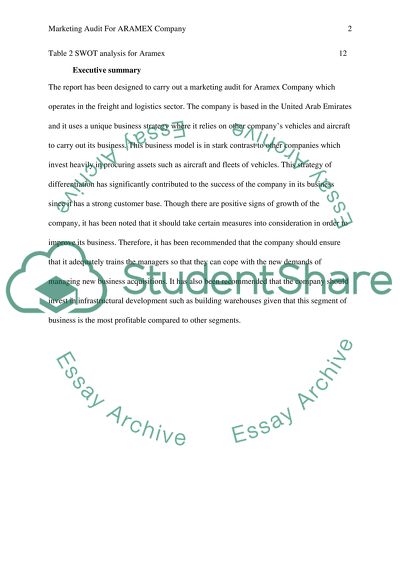Cite this document
(“Marketing Audit of ARAMEX company Research Paper”, n.d.)
Retrieved from https://studentshare.org/marketing/1402527-marketing-audit-of-aramex-company
Retrieved from https://studentshare.org/marketing/1402527-marketing-audit-of-aramex-company
(Marketing Audit of ARAMEX Company Research Paper)
https://studentshare.org/marketing/1402527-marketing-audit-of-aramex-company.
https://studentshare.org/marketing/1402527-marketing-audit-of-aramex-company.
“Marketing Audit of ARAMEX Company Research Paper”, n.d. https://studentshare.org/marketing/1402527-marketing-audit-of-aramex-company.


